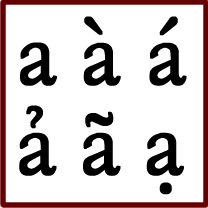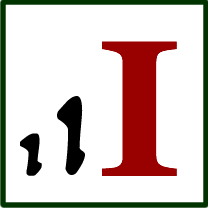
There’s an interesting article about tonal languages in The Atlantic that I came across today. It explains that most tonal languages are found in East and Southeast Asia, sub-Saharan Africa;, and in Mexico, and speculates that this might have something to do with climate – I think that unlikely.
It also explains how words can come to be distinguished by tones. In some dialects of Khumu, an Austroasiatic language spoken in parts of Laos, Vietnam, Thailand and China, tones are used, while in other dialects they aren’t.
In the Khmu Rook dialect of northern Laos, for example, there are six tones. In other dialects pok means “bite” and bok means “to cut down a tree” – there may be a slight difference in intonation between them, but this is not used to distinguish them. In Khmu Rook b and p have merged and these words are only distinguished by tones: pok with a high tone means “bite,” and with a low tone means “to cut down a tree”.
The process by which a language acquires tones is known as tonogenesis.

